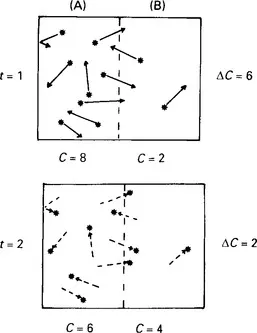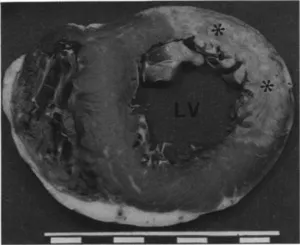
An Introduction to Cardiovascular Physiology
J R Levick
- 288 pagine
- English
- ePUB (disponibile sull'app)
- Disponibile su iOS e Android
An Introduction to Cardiovascular Physiology
J R Levick
Informazioni sul libro
An Introduction to Cardiovascular Physiology is designed primarily for students of medicine and physiology. This introductory text is mostly didactic in teaching style and it attempts to show that knowledge of the circulatory system is derived from experimental observations. This book is organized into 15 chapters. The chapters provide a fuller account of microvascular physiology to reflect the explosion of microvascular research and include a discussion of the fundamental function of the cardiovascular system involving the transfer of nutrients from plasma to the tissue. They also cover major advances in cardiovascular physiology including biochemical events underlying Starling's law of the heart, nonadrenergic, non-cholinergic neurotransmission, the discovery of new vasoactive substances produced by endothelium and the novel concepts on the organization of the central nervous control of the circulation. This book is intended to medicine and physiology students.
Domande frequenti
Informazioni
Overview of the cardiovascular system
Publisher Summary
1.1 Diffusion: its virtues and limitations
The ‘drunkard’s walk’ theory

The importance of diffusion distance

| Distance(x) | Time(t)* | Comparable distance in vivo |
| 0.1 μm | 0.000005 s | Neuromuscular gap |
| 1.0 μm | 0.0005 s | Capillary wall |
| 10.0 μm | 0.05 s | Cell to capillary |
| 1 mm | 9.26 min | Skin, artery wall |
| 1 cm | 15.4 h | Ventricle wall |

Convection for fast long-distance transport
